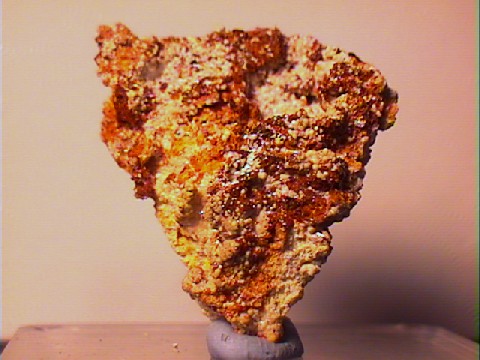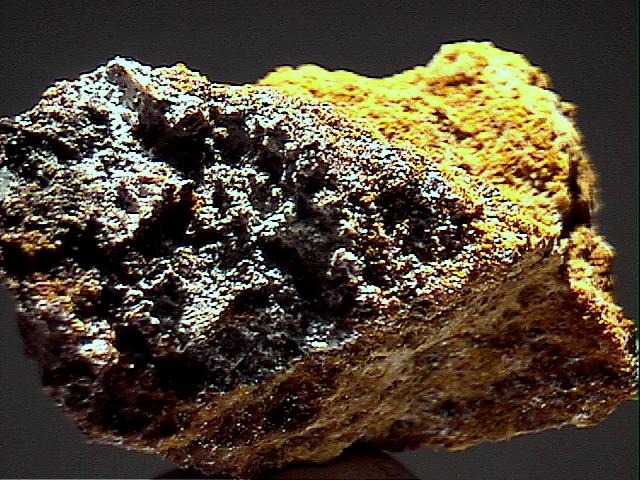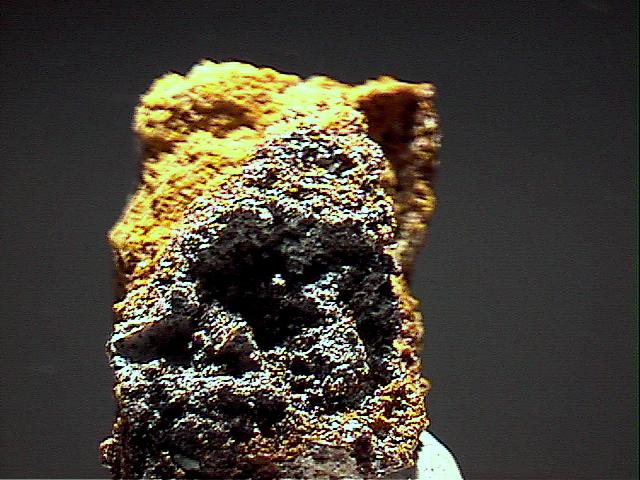 THE
MINERAL DUNDASITE
THE
MINERAL DUNDASITE
- Chemistry: Pb2Al4(CO3)4(OH)8 - 3H2O, Hydrated Lead Aluminum Carbonate Hydroxide.
- Class: Carbonate
- Uses: As a very minor ore of lead and as mineral specimens.
Specimens
Dundasite, which is named for the famous mines at Dundas, Tasmania, Australia where it is found, is a rare lead aluminum carbonate mineral. It is found with other lead minerals such as cerussite and crocoite. Cerussite is similar in color to dundasite but is significantly heavier. Crocoite is probably the most famous mineral from the Dundas mines and has a bright orange to red color. Together with the snow white crusts of dundasite and the striking color of crocoite, the combination makes for attractive mineral specimens.
PHYSICAL CHARACTERISTICS:
- Color is white.
- Luster is vitreous to silky.
- Transparency: Crystals are transparent to translucent.
- Crystal System is orthorhombic.
- Crystal Habits: Generally limited to crusts and small aggregates of radiating acicular crystals.
- Hardness is 2
- Specific Gravity is 3.5 (somewhat heavy for translucent minerals)
- Cleavage is perfect in one direction.
- Fracture is uneven.
- Streak is white.
- Associated Minerals include cerussite and crocoite.
- Notable Occurrences include Dundas, Tasmania, Australia and Wensley, Derbyshire and Trefriw, Gwynedd, Wales, England.
- Best Field Indicators are locality, softness, density, color and crystal habit.





